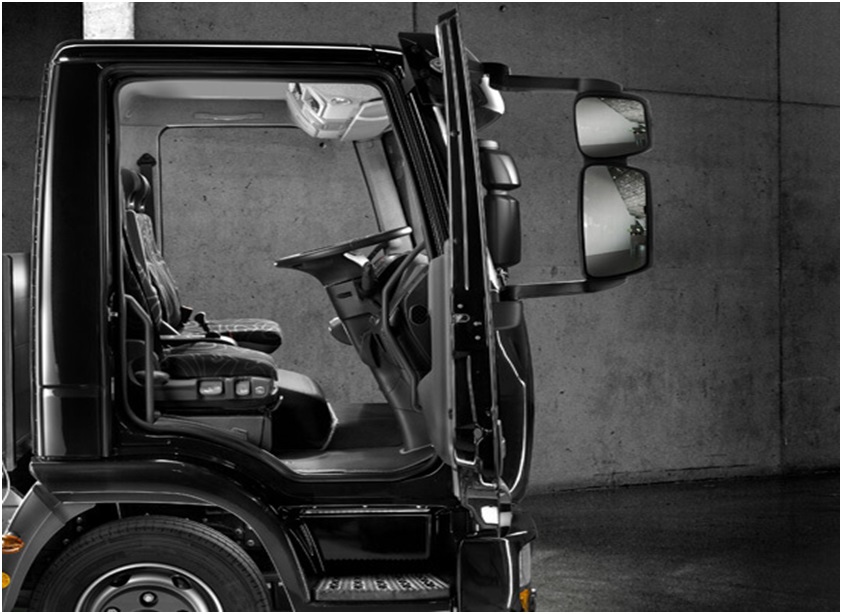Everything You Need to Know About Getting an HGV Provisional License

Making a career as a professional driver is very lucrative right now. There is a lot of flexibility, as well as comfort as a professional driver. You will get to travel a lot and be on the road most of the time. However, anyone who wants to be a professional LGV/HGV driver cannot opt for it with just a Category B license. They need to train for Category C/C+E/C1 licenses in order to qualify as a professional driver. To have an LGV (large good vehicle) license, you need to apply for a Category C, C+E, C1, or C1+E license. You can also get a provisional license for the time being. Having a provisional license is generally an entitlement to let you train for a real one by driving any large or heavy vehicle. Without the provisional license, you would not be able to do so. You cannot train if you do not get behind the wheel of the vehicle. Therefore, a provisional license is very important. Getting a provisional license is no difficulty at all. All you have to do is procure the necessary paperwork, pass a medical exam and submit all the important documents along with your photo card license.
According to a survey, it is seen those young LGV/HGV drivers only accounts for 2% of the total HGV professional drivers in the United Kingdom. Due to this, there is a shortage of drivers and therefore, getting a career in this sphere is lucrative. Previously, only a certain number of people were issued with HGV licenses. Nowadays, the number is increasing with time. Getting an HGV provisional license is becoming easier than before. By following the proper method, you would be able to learn to drive heavy vehicles and obtain an actual license in no time.
How to Apply for a Provisional License?
In order to obtain an HGV license, you need to do the necessary paperwork. Get the forms – D2 and D4 – from a training center and submit them later. The paperwork contains two main components – medical paperwork and entitlement application.
The medical paperwork is not submitted by the candidate. The doctor, as prescribed by the training center you are enrolled on, conducts the medical exam in order to see if you meet the minimum requirements. The form is then submitted to the DVLA, which determines if you are fit for the training. Under no circumstances, is the doctor a determining factor for your admission. They are there just to perform your medical test and pass on the results to the DVLA.
The LGV/HGV medical exam is based on the following:
- Visual acuity
- Cardiovascular issues – such as heart ailments and strokes
- History of blackouts and seizures
- Past traumatic brain injury
- Chronic neurological issues
- Diabetes – including treatment history
- History of any alcohol or drug abuse
- Mental ailments – like Parkinson’s, Alzheimer’s or Dementia
- History of any psychotic disorder
The doctor would be looking for any physical or psychological evidence that might deem you unfit for the course. However, this is done in the best interest of everyone involved, including you. Most of the students applying for the license have little to no problem in passing the medical exam. Sometimes, certain conditions are taken into account. For instance, people with diabetes also pass the exam if the ailment is managed properly.
Keep in mind that passing the HGV medical exam is not equivalent to your annual health check-ups and screenings. The medical exam may only entitle you to drive an HGV for some months. After that, you have to go to a check-up in order to show that you are still fit to retain the license.
The second form is for getting your provisional license. It contains the instructions to follows in order to apply for one. The forms are to be completed by the applicant and then submitted to the DVLA. After you pass your medical exam, your training center will guide you to get the provisional entitlement.
After obtaining your provisional license, you would be able to undergo practical training to improve your driving skills. This training will prepare you for the final test that you need to pass for the final and actual license. The testing methods have changed with the implementation of the CPC mandate. It used to be divided into 2 tests. However, now it involves 4 tests. The essence of the tests can be divided into 2 parts.
- Driving Skills – The DVLA examiner would test if you are physically capable of driving an HGV of your choice. You will be taken out on road in order to see how you cope in a real-world setting. Apart from driving, the test also involves some closed coursework like reversing the vehicle and parking.
- Practical Demonstration – The second part shows if you are well-versed in the fundamentals of the vehicle you are driving. For instance, the examiner might ask you to show how to do a proper walkaround check before or after driving the vehicle.
Final Take
It is not difficult to get your license. However, the process is a bit lengthy and complicated. With proper guidance, you would be able to complete it in no time.